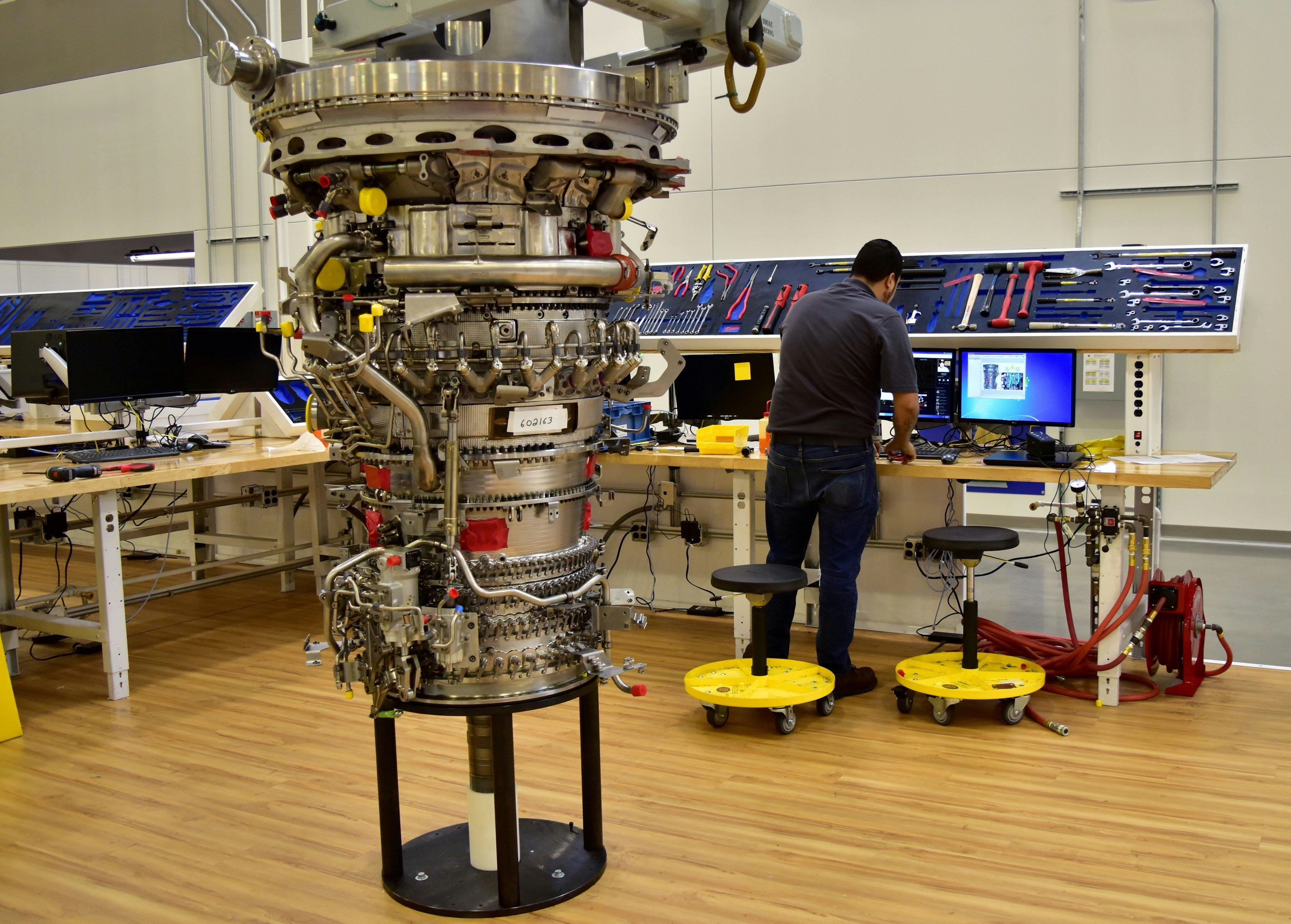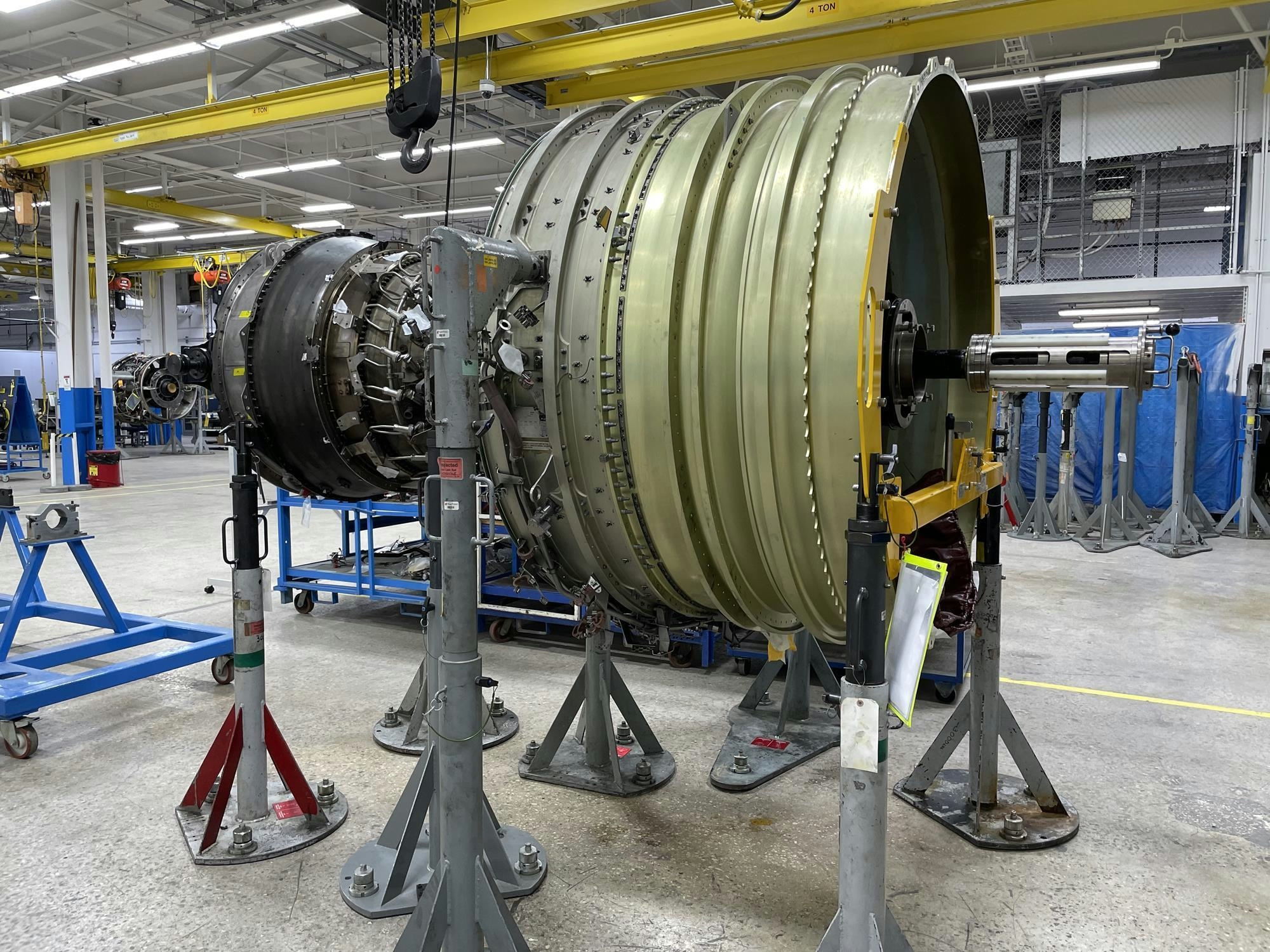
AeroGenie - مساعد الطيار الذكي الخاص بك.
الرائج الآن
Categories
Seized Piston Causes Complete Engine Failure in Plane Grounded for a Decade

Seized Piston Causes Complete Engine Failure in Plane Grounded for a Decade
Engine Failure During Takeoff
A pilot departing from Knoxville, Tennessee, encountered a sudden and total engine failure shortly after takeoff when a seized piston caused the engine of his Avid Aircraft to stop mid-flight. The incident followed an uneventful preflight inspection and engine run-up. The pilot initially set the engine power to 6,300 rpm for takeoff from Runway 1, reducing it to 6,000 rpm at approximately 100 feet above the runway. About one minute into the flight, at an altitude of 400 feet above ground level, the engine abruptly lost power and ceased functioning within seconds.
Confronted with the sudden loss of thrust, the pilot attempted an emergency landing on a nearby riverbank. During the descent, the aircraft struck trees and a metal fence before coming to rest in the river. A post-accident examination revealed that the piston in the power takeoff cylinder had seized during flight. Despite the failure, the pilot was able to restart the engine after the accident, and it operated without further anomalies.
Maintenance History and Investigation Findings
The investigation uncovered that the airplane’s maintenance records were missing, and the engine had accumulated approximately 177 hours of operation prior to the accident. The pilot reported that the aircraft had been grounded for roughly ten years before he purchased it and was in poor condition at the time of acquisition. While he performed extensive work on external components, no internal engine maintenance was conducted.
The National Transportation Safety Board (NTSB) identified the probable cause of the accident as a total loss of engine power due to a seized piston in the power takeoff cylinder. The October 2023 report emphasized the critical importance of thorough maintenance, particularly for aircraft returning to service after extended periods of inactivity. The incident highlights the significant risks and consequences associated with inadequate engine upkeep.
Broader Implications for Aviation Safety and Maintenance
This event underscores the broader challenges faced by aviation operators regarding engine reliability and maintenance, especially following prolonged inactivity. Engine failures can result in severe operational disruptions and financial losses, as demonstrated by recent industry developments. For instance, Spirit Airlines received $72 million in credits from Pratt & Whitney after engine issues grounded several aircraft, illustrating the costly impact of technical problems. Similarly, persistent engine troubles led Air Austral to retire its entire Airbus A220 fleet, reflecting how ongoing reliability concerns can compel airlines to make substantial operational changes.
Market reactions to engine reliability issues often involve increased scrutiny and demands for more rigorous inspections. In the wake of recent incidents, pilots have called for emergency investigations into certain Boeing aircraft following unexpected activations of emergency systems. These developments highlight the heightened attention to safety and maintenance standards across the aviation industry.

Leading Companies in Aviation Artificial Intelligence: Airbus, Amazon, Lockheed Martin, Tata Power, Thales

Warburg Pincus Acquires Hong Kong-Based Topcast Aviation Supplies

GE Aerospace Expands North Carolina Facility with $53 Million Investment to Address Supply Chain Issues

Manufacturer of China’s C919 Secures Capital Injection Amid Supply Chain Issues

Africa’s Aviation Sector Adopts AI Amid Challenges

FTAI Aviation Shares Rise 6.3% Following AI Partnership with Palantir

Airports Innovate 2025 Shapes the Future of Aviation

How Volcanic Ash Disrupts Aircraft Engines

Ethiopia Volcanic Ash Plume Poses Risk to Aviation, DGCA Issues Warning
